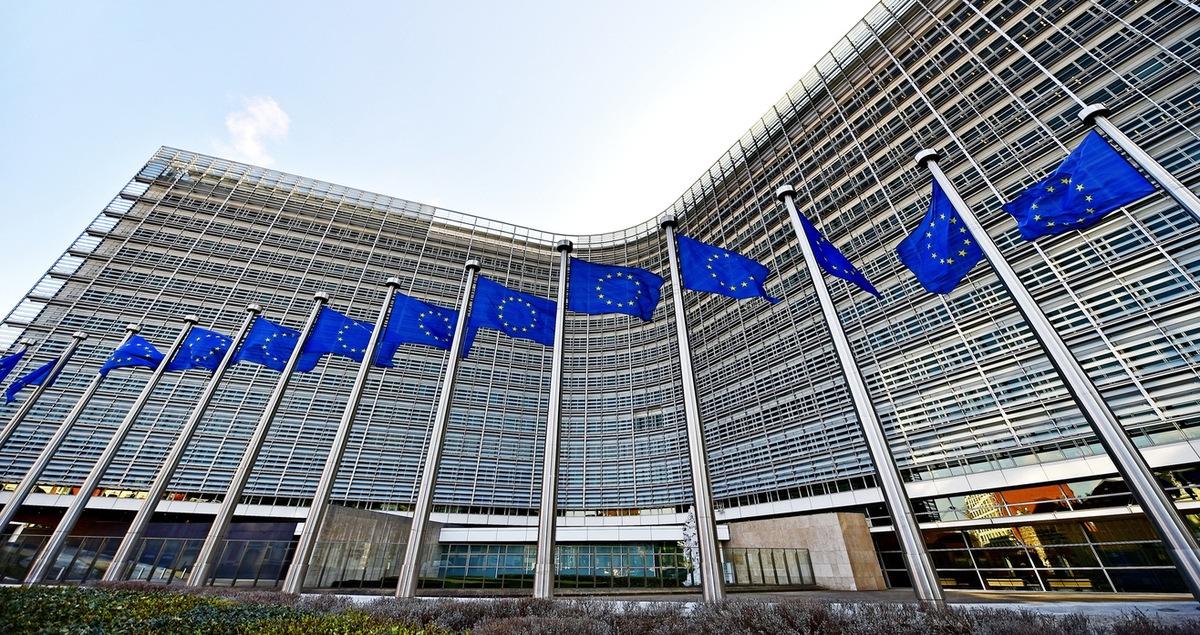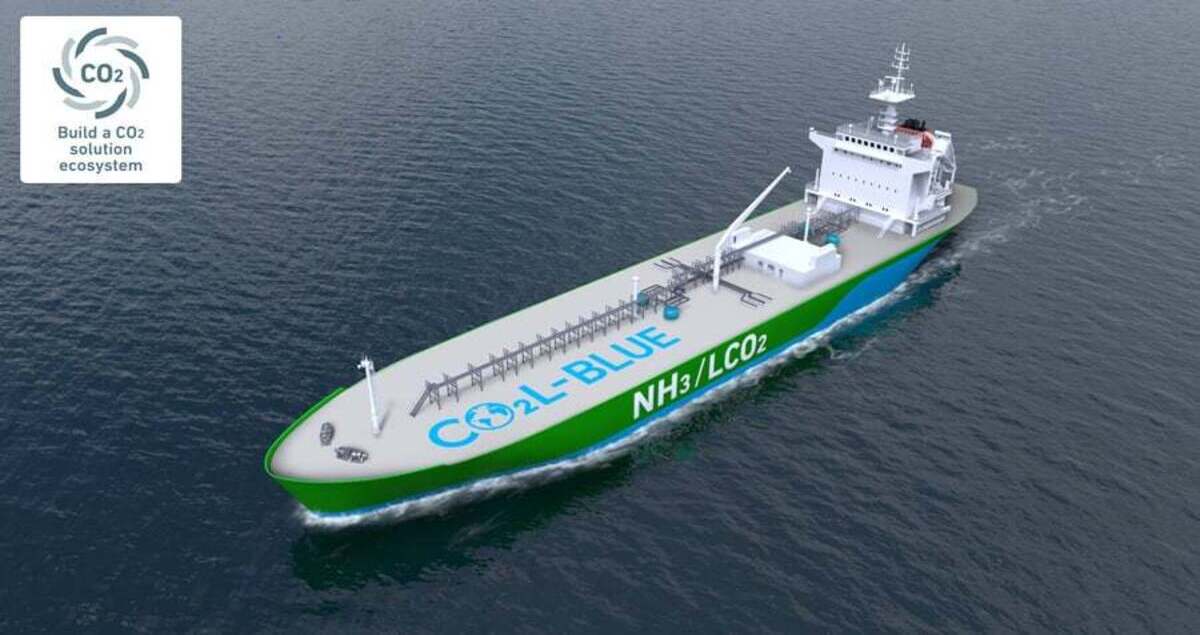How carbon trading could turn CO2 into a valuable product

This article was originally published on 23 December 2021 and updated in February 2023.
Imagine a world where CO₂ is no longer a waste product causing climate change, but a valuable commodity that we suck from the sky using carbon capture (or, more accurately, CO₂ capture) and turn it into everything from food to concrete. A world where the gas is at the heart of a truly circular economy.
Not only is this very much needed – it could soon be a reality.
While the atmospheric concentration of CO₂ — a major cause of climate change — is increasing, capturing that CO₂ and putting it to use in the manufacture of products like food, cement and chemicals, where it is already widely used, would be far more sustainable. It is also vital if efforts to reach net zero emissions are to succeed.
But achieving this means building an entire market from scratch — in terms of both the physical supply chain infrastructure and the market trading mechanisms.
Creating a more mature trading space — moving from today’s mostly virtual market of emissions offsets to the physical trading of CO₂ — is a key part of this journey toward a circular economy for CO₂.
For example, a more established and mature CO₂ trading market will help provide the economic incentives needed to drive governments, companies and the public’s support of energy efficiency and climate-friendly technologies. This momentum is urgently needed — global clean energy investments alone must triple to $4 trillion by 2030 for the world to reach net zero emissions by 2050.
What is emissions trading?
Carbon trading markets are market-based systems designed to incentivize organizations — particularly large greenhouse gas emitters — to reduce the environmental impact of their operations.
The European Union’s Emissions Trading Scheme (EU ETS) is the world’s oldest international scheme, established in 2005. This “cap and trade” system works on a polluter-pays basis, setting a limit on the volume of greenhouse gases a company can emit. Within that cap, a company can buy and sell allowances to cover their annual emissions — and will face heavy fines if they go over the limit.
This system puts a price on pollution, with the cost of carbon credits — like anything in a traded market — changing daily. On top of this, the cap on each company’s emissions gradually falls, incentivizing them to cut their total emissions.

Where is emissions trading happening?
EU policymakers agreed on more ambitious climate goals in late 2022. These are yet to be formally approved but would include targeting a 62% reduction in ETS sector emissions by 2030 compared with 2005.
To achieve this, one-off reductions to the volume of EU-wide emissions allowances will take effect in 2024 and 2026, together with annual reductions of 4.3% between 2024 and 2027 and 4.4% in 2028-30. There will also be a phased elimination of free allowances this decade.
A separate ETS carbon pricing system has been proposed that would put a price on emissions from fuel for road transport and buildings.
Other parts of the world have also introduced ETS schemes. In 2021, China — the world’s biggest greenhouse gas emitter — launched what has already become the world’s biggest ETS system, three times the size of the EU’s. Plans to extend the system to the country’s heavy industry and manufacturing sectors will increase the scope of China’s ETS scheme by 70%.
The UK, which was previously part of Europe’s ETS, also launched its own ETS in 2021.
Overall, there are now 70 carbon pricing initiatives worldwide, which include a mix of cap and trade, and taxes — up from just two in 1990. Operational carbon pricing instruments worldwide now cover almost a quarter of global greenhouse gas emissions.
Transparency matters — a lot
This progress has taken years of effort, yet the final ambition is to move beyond virtual pricing to a physically traded global CO₂ market, which is no small task.
Creating a physical market where captured CO₂ can be tracked and traded involves establishing both market and physical infrastructure. This requires a trading platform and actual pipelines and transport, for example — as well as identifying cross-border supply chains. Legal, regulatory and geopolitical issues are among the many other matters that will also have to be considered.
“Secure and transparent trading is key to helping trading grow,” says Shuji Hori, Deputy Leader of Mitsubishi Heavy Industries (MHI) Group’s CCUS Business Taskforce.
“For example, there must be confidence that a carbon trading credit or certificate has not, and cannot, be tampered with — this is critical in both the virtual and physical trading world. Similarly, avoiding the double-counting of CO₂ credits is another risk that those operating schemes must manage.”
The shift from virtual to real trading
One route for turning CO₂ from a liability into an asset is leveraging a carbon capture, utilization and storage (CCUS) value chain — where captured CO₂ is traded to be used in industrial, agricultural and other applications.
CCUS has also been highlighted by the International Energy Agency as an important pillar in the energy transition, as it can both reduce and remove emissions — two crucial elements on the path to net zero.
Trading and transporting captured CO₂ is certainly achievable. But there are a lot of steps that need to happen first.
For example, end-use markets must be identified and many more CO2 capture plants need to be built. Overall, the world’s capacity to capture CO2 must get almost 190 times higher to help make net zero possible by 2050 — a very tall order. Plus, pipelines, road transport and shipping routes must be established to move the physically traded CO2 between buyers and sellers.

To that end, companies like MHI are developing next-generation solutions for every part of the CO₂ supply chain. This includes continuous development of its proprietary KS-21 solvent and industry-leading CO₂ capture technology; and completing a conceptual study for the design of a dedicated liquefied CO₂ maritime carrier.
The idea of being able to physically trade CO₂ is relatively new, and there are many complexities to iron out. But monetizing one of the world’s most common elements is essential for realizing a net zero emissions future.
Discover more about MHI’s CO2NNEX case study: supply chain: CO2NNEX for e-methane





